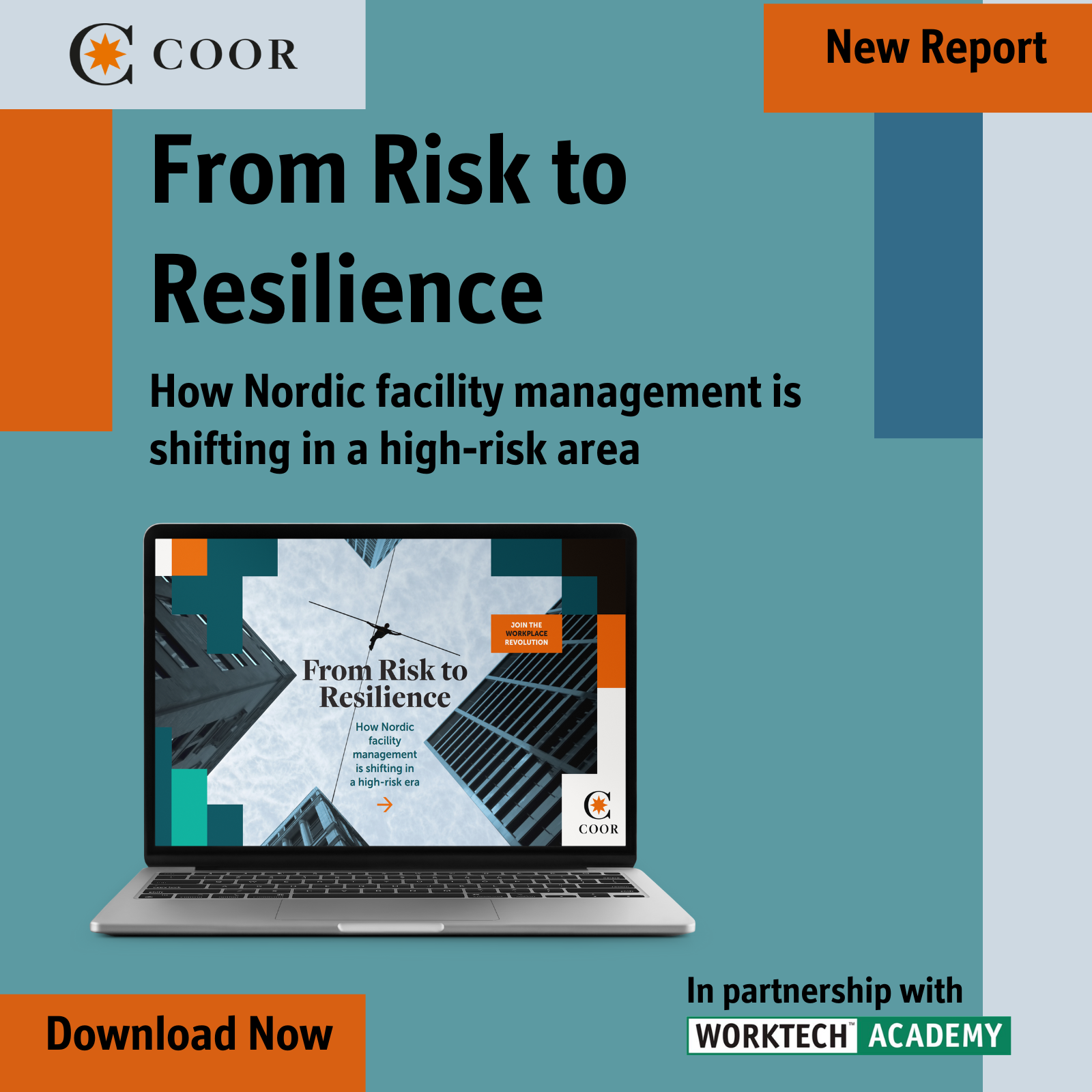Benchmarking flexibility: how smart lockers can measure workplace agility
A new global index from Vecos uses smart locker data to benchmark workplace flexibility, offering insights into how organisations can adapt offices for to meet business objectives
As organisations around the world continue to adapt to more flexible work models and shifting employee expectations, workplace flexibility has become an essential ingredient in the design and management of office space. Yet, flexibility remains a broad and often loosely defined concept. What does it look like in practice? And how can it be measured?
A new report from smart locker provider Vecos, developed in partnership with WORKTECH Academy, attempts to answer those questions with the launch of the Global Workplace Flexibility Index 2025. Drawing on data from over 1.2 million lockers across 62 countries, the Index offers a unique lens through which to examine flexibility in the workplace. The data analysis explores the patterns of how people store, move, and interact with space in the workplace.
A new framework for flexibility
The report identifies four key factors that underpin workplace flexibility: dynamic use of lockers, automated user notifications, smart policy frameworks, and a range of use cases beyond personal storage. These seemingly technical elements play a critical role in shaping the everyday experience of employees and reveal how far organisations have come in adapting to more fluid and responsive ways of working.
Rather than seeing lockers as secondary infrastructure, the report positions smart storage systems as a signal for how well organisations are supporting hybrid and activity-based work. The more dynamically a workplace operates through shared storage, self-service access, and flexible policies, the more efficient and adaptable it tends to be.
Regional and industry comparisons
The Index reveals notable differences across geographies. EMEA leads globally, with Scandinavian countries reaching a 93% flexibility score thanks to mature hybrid strategies and widespread adoption of smart systems. North America shows promise, particularly in dynamic use, but lags in the deployment of supporting policies and notifications. Meanwhile, APAC remains more static, with higher levels of fixed desk and storage allocation.
Among industries, the Energy, Oil and Gas sector tops the rankings (90%), followed closely by Financial Services (88%) and Software and Technology (85%). These sectors have leveraged smart storage to balance employee autonomy with operational efficiency – often using one locker system for multiple functions such as team storage, parcel delivery, and wellness facilities.
Understanding workplace behaviour
One of the key elements of the report is the introduction of five user personas. These personas range from ‘Neighbourhood Nesters’ who prefer long-term storage close to their workspace, to ‘Rucksack Roamers’ who need little or no storage at all. These archetypes offer a practical framework for workplace teams looking to tailor services and design spaces that reflect real behaviour, not assumptions.
Turning insight into action
The report’s concludes with practical steps on how to implement greater flexibility into the workplace while balancing critical business objectives such as improved employee experience, cost savings and streamlining efficiency.
While the report is focused on storage, its implications extend far beyond. It makes a compelling case for using workplace data, however granular, as the foundation for broader strategy. As the nature of work continues to evolve, knowing how space is really used will be key to building workplaces that work better for everyone.
Access the full report here.








